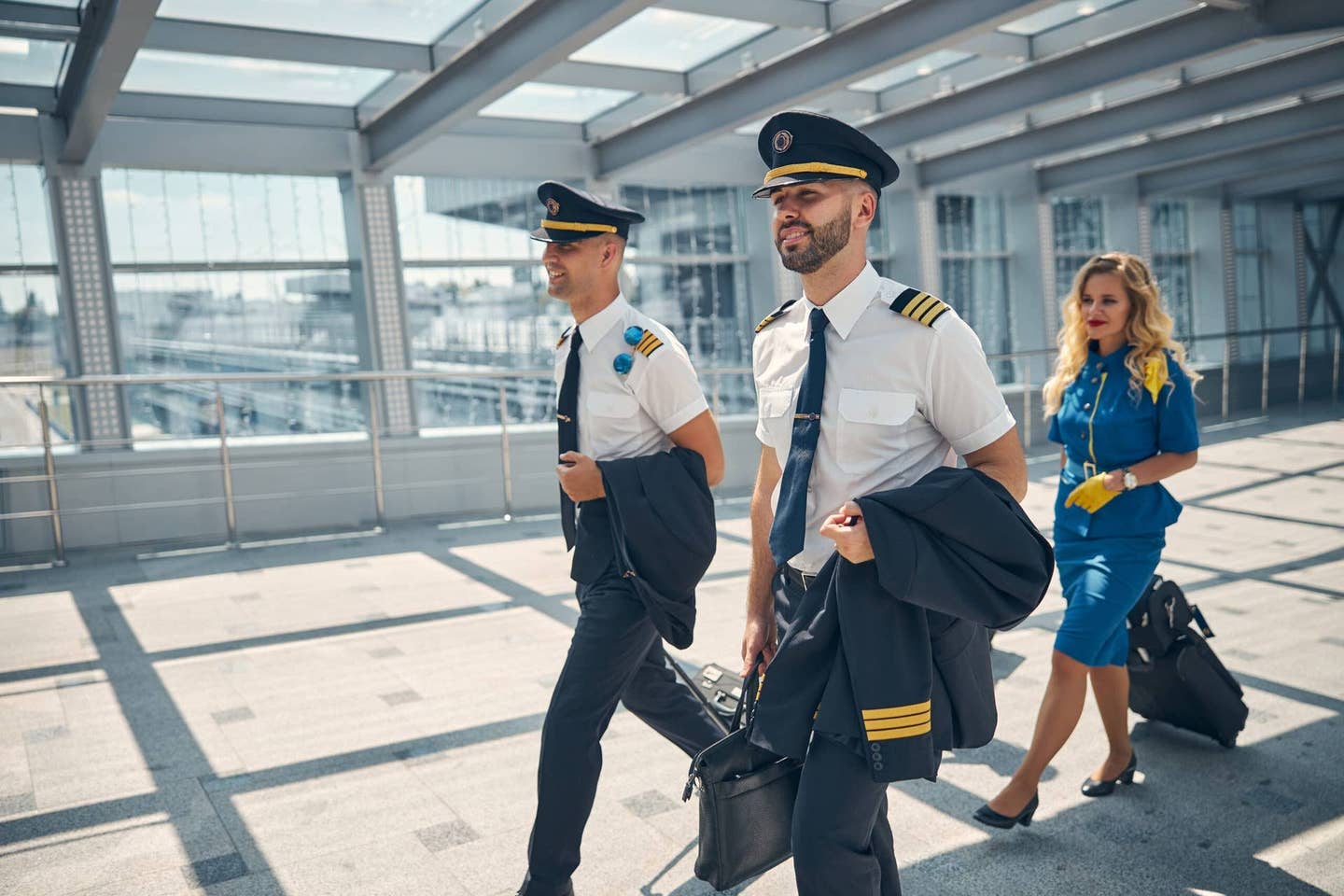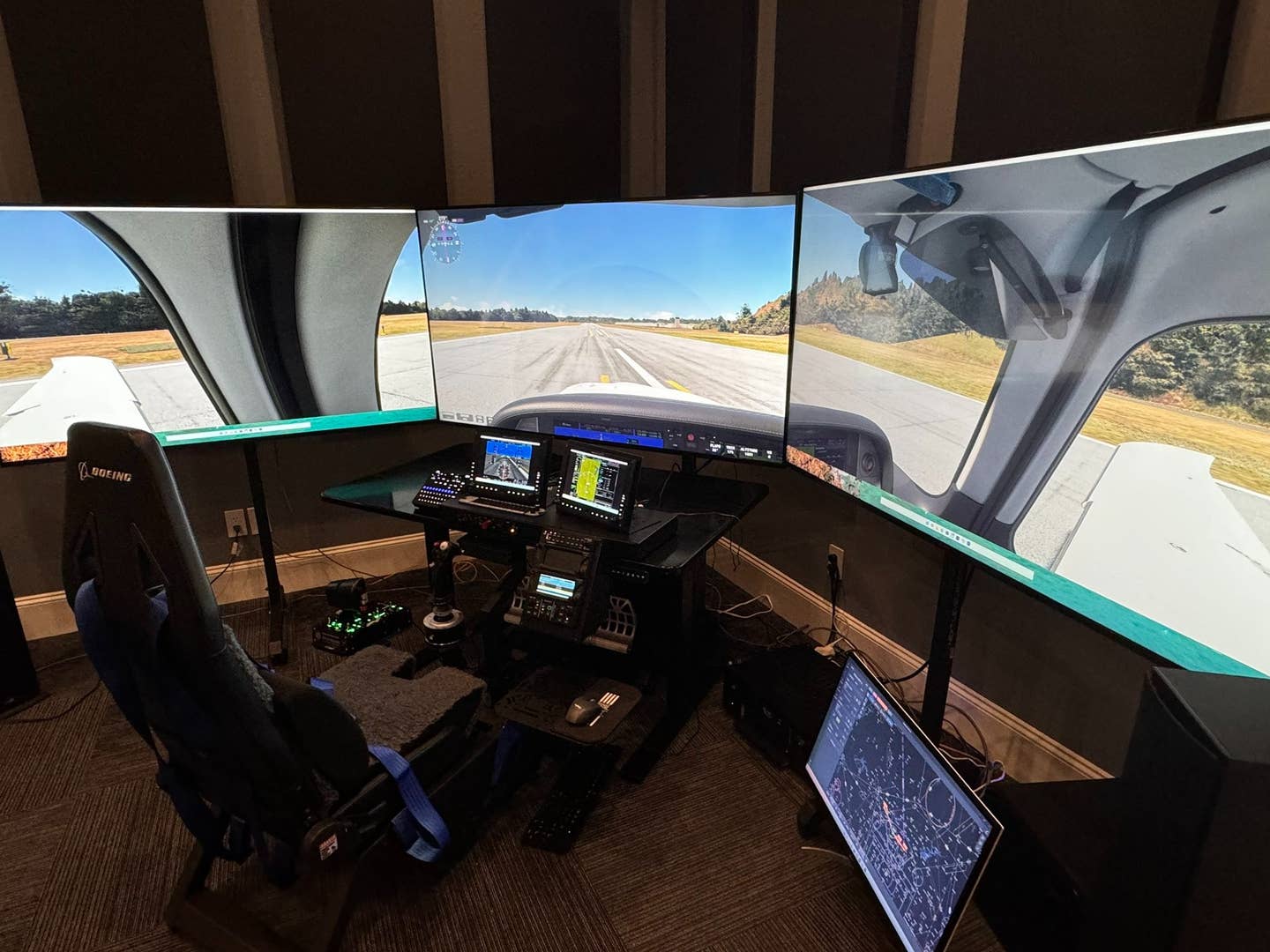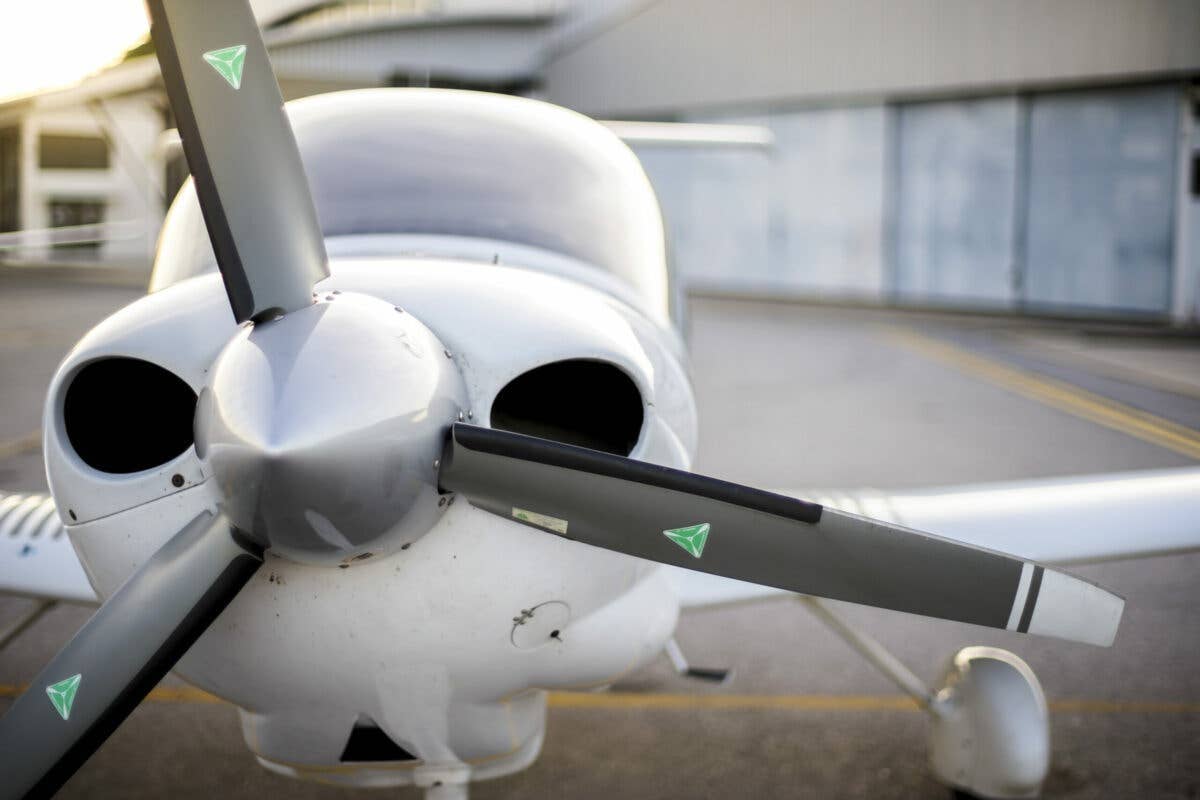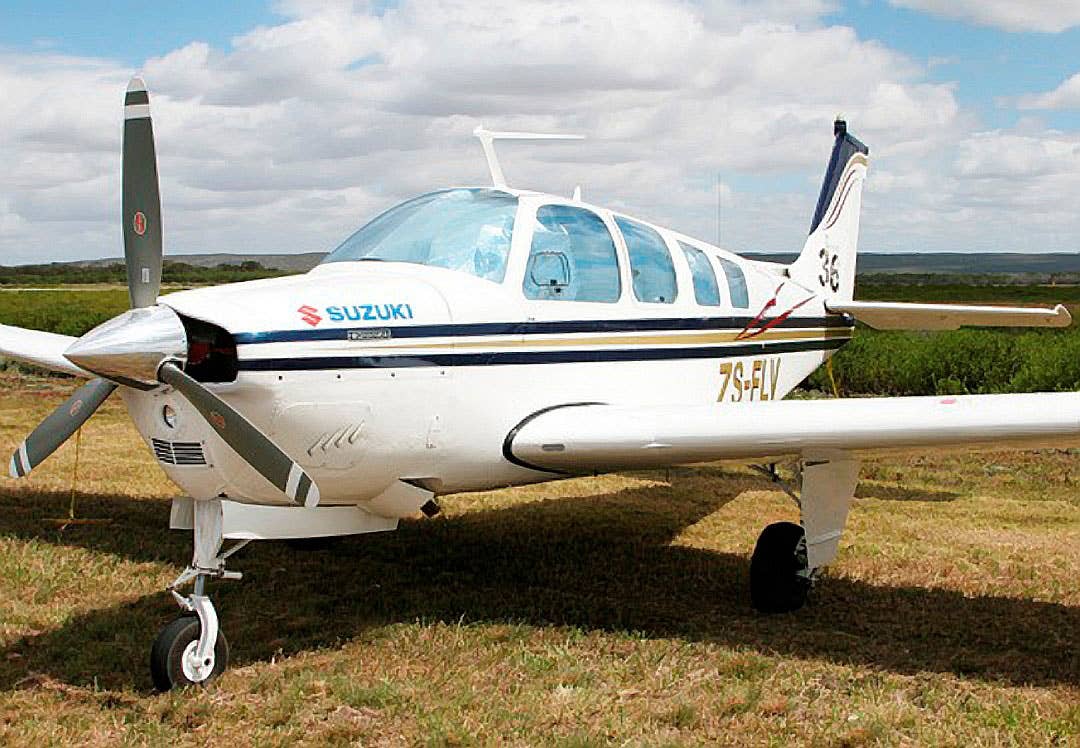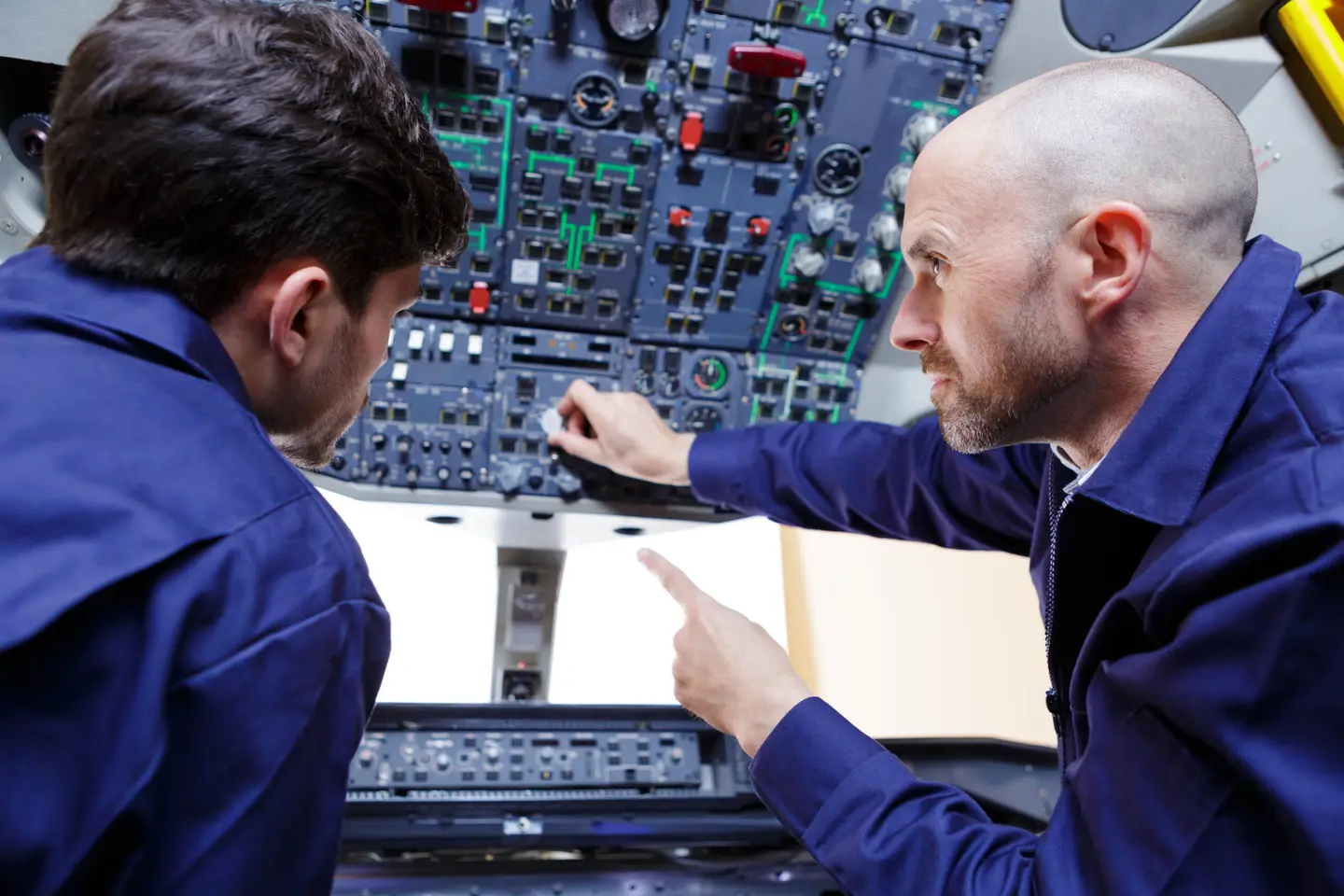
Want to go to flight school but need a loan? This guide will teach you how to finance flight school. [Credit: Adobe Stock]
Becoming a pilot can be costly, ranging from a few thousand dollars to $100,000, depending on the type of certification or license you need. These costs include flight training fees, test fees, airplane rentals, etc.
Undoubtedly, the expense of attending a flight school often scares people from becoming pilots. Thankfully, there are a few ways to cover these bills, such as loan financing. This article comprehensively explains the best ways to finance flight school, outlining the top flight school loans to consider to pay for your flight school.
Easily become an airplane or commercial pilot online! Courses designed by industry experts can help you pass FAA tests and get into the sky!
Enroll NowFederal Student Loans for Flight School
Two categories of loans are available for students attending an accredited program at a university or college: federal student loans and private student loans. Federal student loans typically offer flexible repayment plans, lower interest rates, etc. University and college students who qualify for such loans would fill out the Free Application for Federal Student Aid (FAFSA) form to get started. Generally, there are four types of Federal Student Loans for universities and colleges with flight training programs:
1. Federal Direct Subsidized Loans
Students with proof of financial needs can apply for this loan. For this loan, the government pays the accrued interest while schooling, the first six (6) months after graduation, and during deferment. Although federal direct subsidized loans have significant borrow limits, your flight school determines, and the extent of your financial need determines how much you can borrow.
Pros
- Doesn’t require a credit check.
- Offers the lowest loan fees and interest rates among other types of federal student loans for flight school.
Cons
- Parents cannot directly apply for the federal direct subsidized loan.
2. Federal Direct Unsubsidized Loans
Also for students with proof of financial need, the federal direct unsubsidized loans, unlike subsidized loans, include financial need requirements students must fulfill to qualify. The major difference between federal direct subsidized and unsubsidized loans is that for the latter, the federal government doesn’t pay the accrued interest during school or grace period unless added to the loan balance during repayment.
Pros
- Doesn’t require a credit check
- Includes lower interest rate.
- Allows access to all federal benefits.
Cons
- Includes loan fee
- Students might not be able to borrow enough
3. Federal Direct PLUS Loans
This type of federal loan for flight training conducted within a college or university program is available to graduate students and parents of undergraduates.
Students often take federal direct PLUS loans after borrowing the maximum in federal unsubsidized direct loans, while parents take the loan to help their child finance flight school costs or need the programs the loan offers, such as Public Service Loan Forgiveness, Income-Driven Repayment Plans, etc.
Pros
- Although limited, the repayment option is usually flexible.
- Offers interest rates lower than private student loans for flight school.
- Parents with kids in colleges and universities authorized by the government for federal aid can apply.
Cons
- Fewer repayment options.
- Require credit check.
4. Federal Direct Consolidation Loans
Federal direct consolidation loans allow student borrowers to combine their federal student loans into one, plus a fixed interest rate, an average of the interest rates on all federal loans rounded off to the nearest 1/8 of a percent. However, this doesn’t translate into a lower interest; instead, it opens all forgiveness and repayment options.
Pros
- Fixed interest rate.
- Multiple repayment options.
- One payment.
- No minimum to qualify or maximum amount for consolidation.
- Automatic debit.
Cons
- Interest is usually higher over time.
- No do-overs.
- No grace period.
- Private loans can’t be consolidated.
Private Student Loans for Flight School
Private flight schools outside of a college or university program are ineligible for student loans offered by private lenders because they aren’t attached to a university and aren’t offering degree programs. Nonetheless, a few lenders still count them eligible for their private student loans to cover flight school costs. Below are two (2) of these private student loans available for flight schools:
1. Sallie Mae Flight School Loan
This loan is specially designed for students attending schools that offer trade certificates or professional training. Flight schools can fall under this umbrella. A Sallie Mae flight school loan lends $1,000 up to 100% of your school’s cost of attendance with terms from ten (10) to fifteen (15) years.
Pros
- Offers 0.25% as a discount on autopay.
- You can borrow 100% of your school’s cost of attendance.
Cons
- Doesn’t disclose minimum credit or income requirements.
- Includes only two repayment options.
- It can be difficult to qualify in recent years.
2. Wells Fargo Flight School Loan
The Wells Fargo Flight School Loans offers both fixed and variable interest rates and includes strict borrowing limits. Borrowers or their cosigners must also have a great credit history to qualify for a flight school loan from Wells Fargo. The major advantage of this loan is its zero application or origination fee.
Pros
- Doesn’t include an application or origination fee.
- Wells Fargo may forgive parent loans for a disabled child.
Cons
- There’s a strict limit to how much you can borrow.
- Rates are usually higher than other private and federal loans for flight schools.
- Includes just one repayment option.
Other Ways to Pay for Flight School
Apart from the various federal flight school loans and private flight school loans discussed above, below are a few other ways you can cover your flight school costs:
1. Flight School Scholarships
Several organizations offer scholarship funds for students to pay for flight programs. However, scholarships typically have specific requirements applicants must fulfill, including proof of interest in aviation, specific skill sets, underrepresented demographics in the industry, etc.
We have highlighted some of the flight school scholarships you can apply to sort flight school costs:
- Experimental Aircraft Association (EAA) Flight Training Scholarships: EAA offers more than twelve (12) scholarships yearly, cut across different flight training stages. Therefore, there are varying deadlines, depending on scholarship types. Unlike most organizations, the application is also open to non-members of the association, although the scholarship is only valid for flight schools in the U.S. The EAA flight training scholarship awards vary based on the scholarship types: the lowest amount awarded is $5,000.
- AAERO Aviation Scholarship Program: The application is open to aspiring aviators who haven’t obtained a private pilot certificate, and can finish a program within twelve (12) months if selected. The AAERO scholarship is always open for application in May every year: applicants must be 18+, residents of the U.S., have a student pilot certificate, and have enrolled in flight school before the date of application. AAERO scholarship awards range between $1,000 to $2,500.
2. Airline Training Tuition Reimbursements
Some airlines make financial contributions to helping certain students fund their flight school costs. These reimbursement programs feature varying rewards and different eligibility requirements, depending on the airline. Below are some of the most popular airlines offering airline training tuition reimbursements:
- SkyWest Airlines Airline Training Tuition Reimbursements: SkyWest Airlines offers a tuition reimbursement program in partnership with ATP Flight School and more than 50 other flight schools, creating a solid pathway to SkyWest Airlines for aspiring pilots. This tuition reimbursement program offers students up to $11,000 to cater to their flight school costs.
- ExpressJet Airline Tuition Reimbursements: ExpressJet Airlines also offers eligible students up to $11,000 in tuition reimbursement.
3. Pilot Training Financing
Many finance providers and specialists offer financing for aspiring pilots to cater to their training school costs. AA Credit Union and family resources are two popular examples of other finance pathways to help solidify students’ financing for flight school and becoming a pilot.
- Family Resources: Though not an actual bank, nonetheless, parents and other family members have proven to be excellent sources of finances for student pilots.
- AA Credit Union: This financing option helps students borrow up to $40,000 with a repayment structure spread over 120 months. Thankfully, applicants do not need to be an employee of American Airlines.
Ready to Find the Best Flight School Loans?
Flight schools can be very expensive; however, flight school loans are instrumental in helping students reduce their cost burdens. Do you want to stay updated on the latest aviation content? If so, sign up for a FLYING Magazine subscription today.

Subscribe to Our Newsletter
Get the latest FLYING stories delivered directly to your inbox


